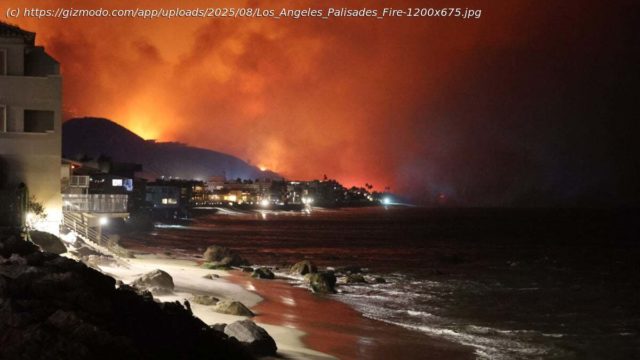A new study found that climate change has driven a surge of “societally disastrous” wildfires over the last four decades, with 43% of the most costly events occurring in the last 10 years.
In January, firefighters spent nearly a month battling more than a dozen wildfires across Los Angeles. Despite their best efforts, the two largest—the Eaton and Palisades fires—now rank as the second- and third-most destructive in California history, together burning 38,000 acres, torching 16,000 structures, and killing 31 people.
A large part of what makes this story so devastating is that it isn’t unique. All across the world—from Chile to Canada, Greece, Australia, Portugal, Algeria, and the U.S. highly destructive, unruly disasters like the Palisades and Eaton fires are becoming the status quo. A new study published Thursday in the journal Science reveals the extent of this global surge, finding that areas of high wildfire risk close to human populations cover 10% of Earth’s landmass.
“The rise in wildfire disasters isn’t just a perception, it’s reality,” said co-author Crystal Kolden, associate professor and director of the Fire Resilience Center at the University of California, Merced, in a university release. “For decades, wildfires primarily impacted largely unpopulated areas, but contemporary catastrophic fires are killing more people and destroying more homes and infrastructure.






